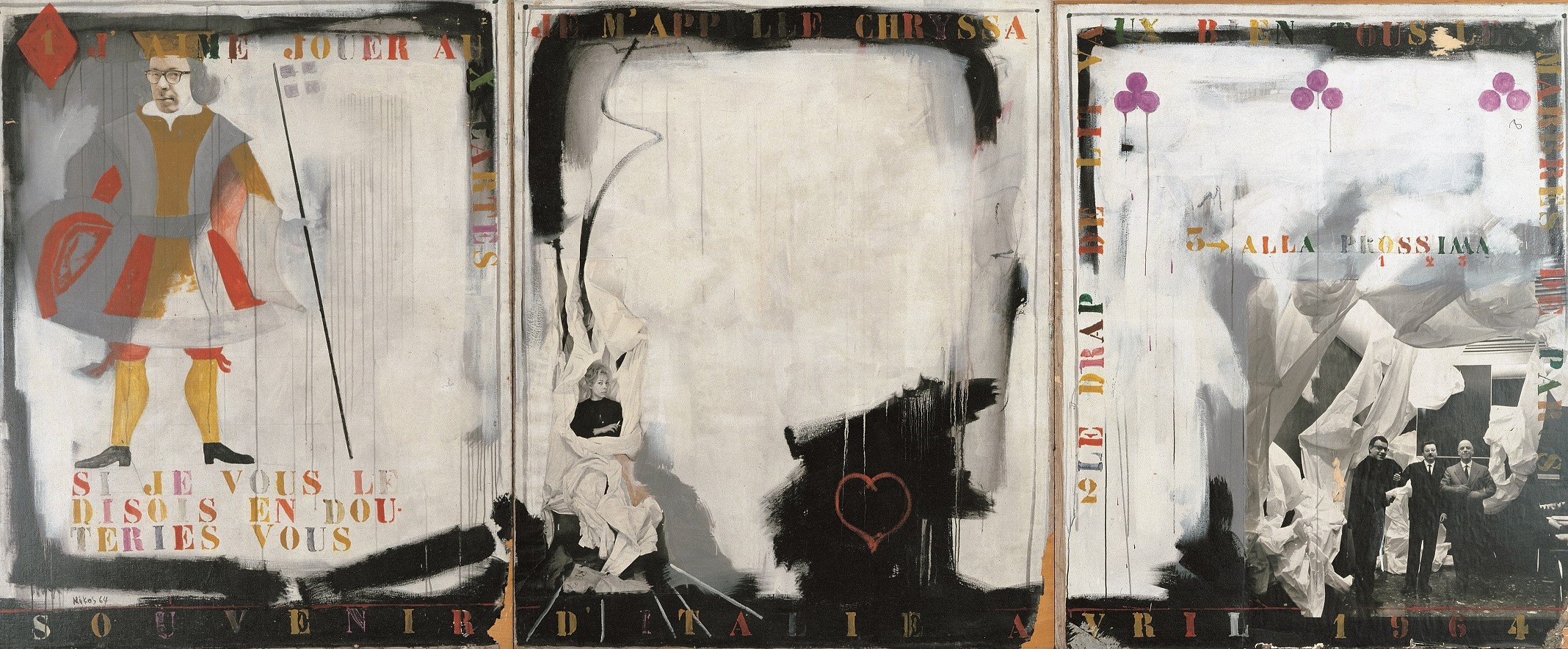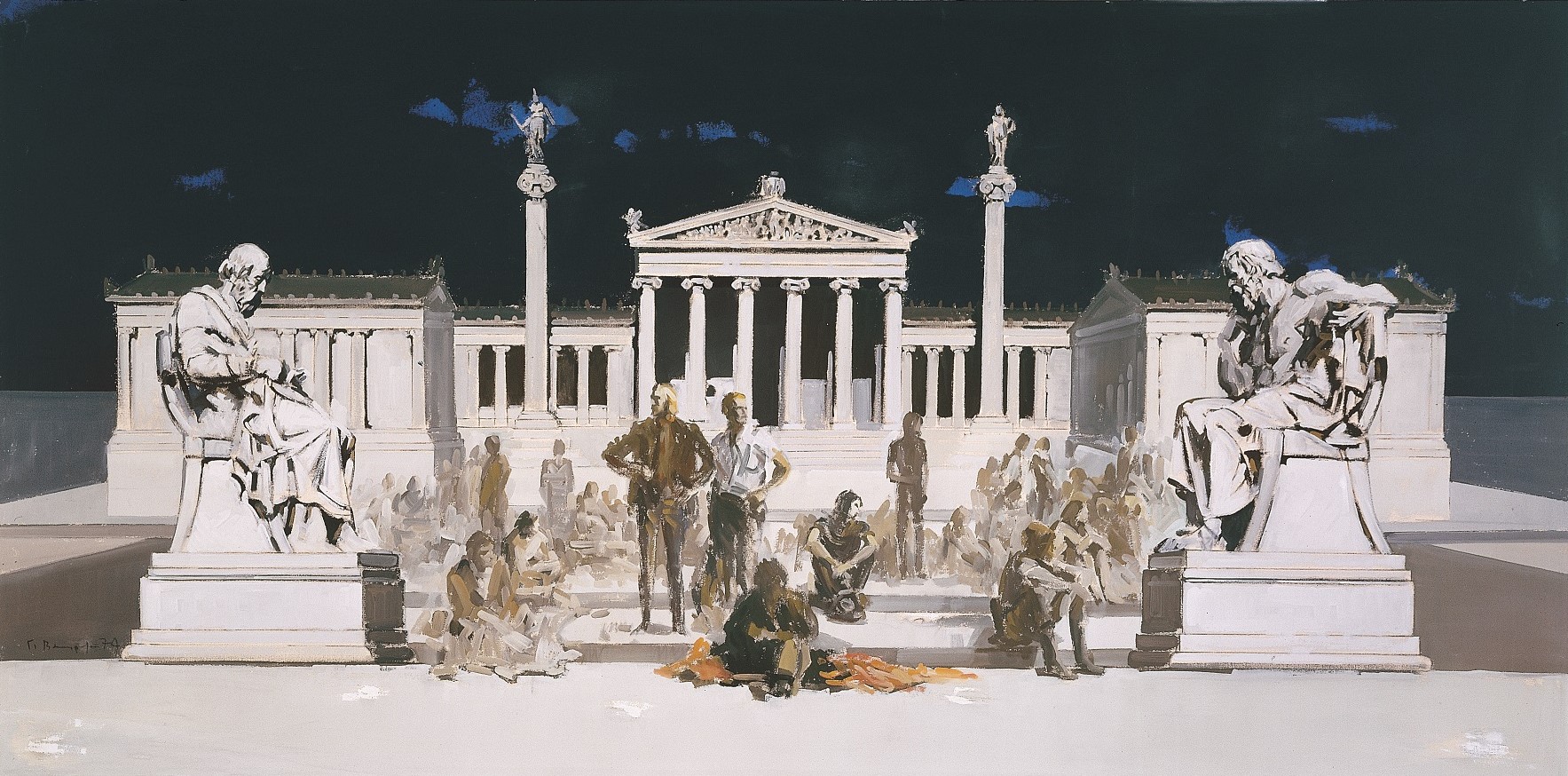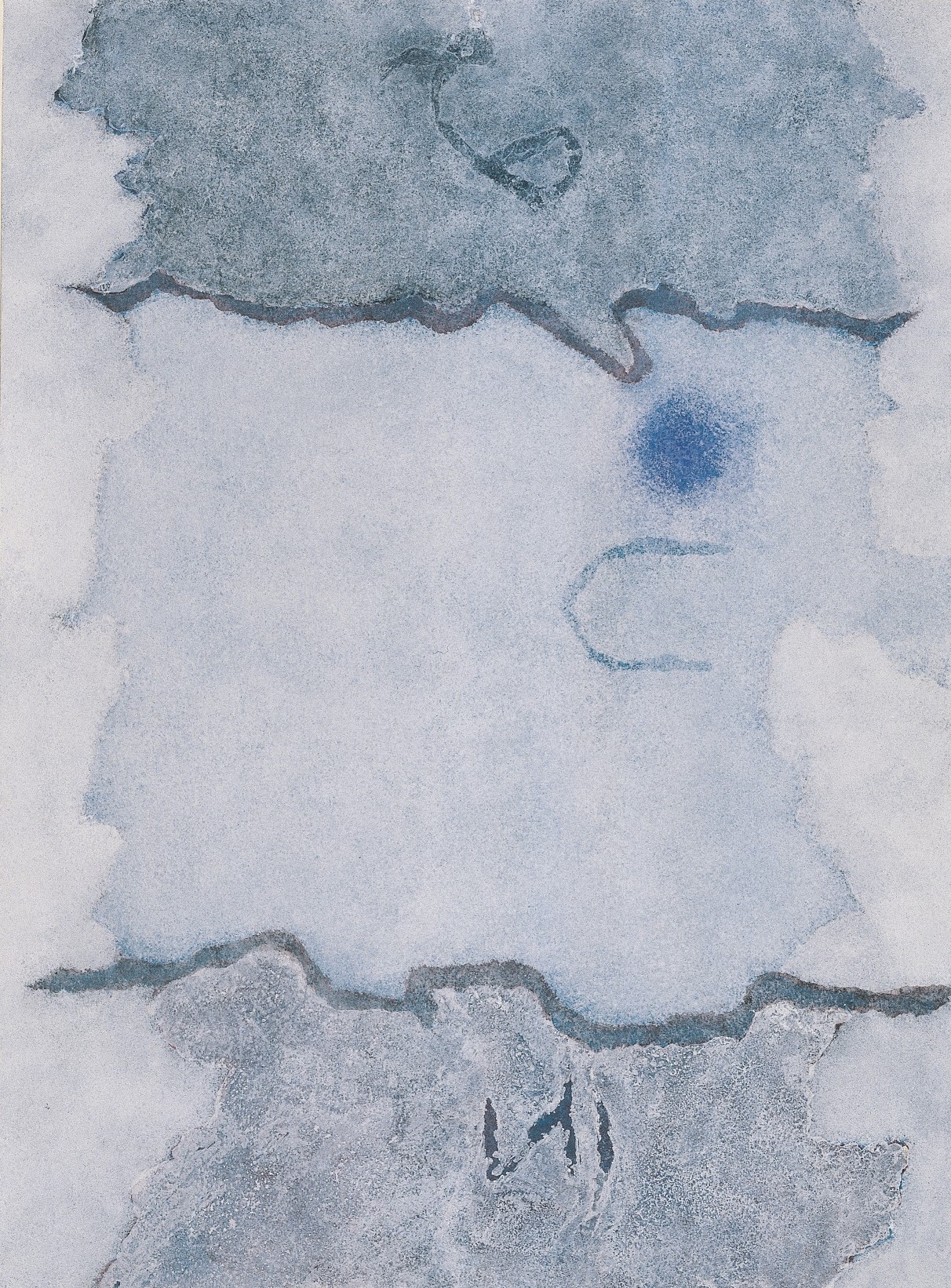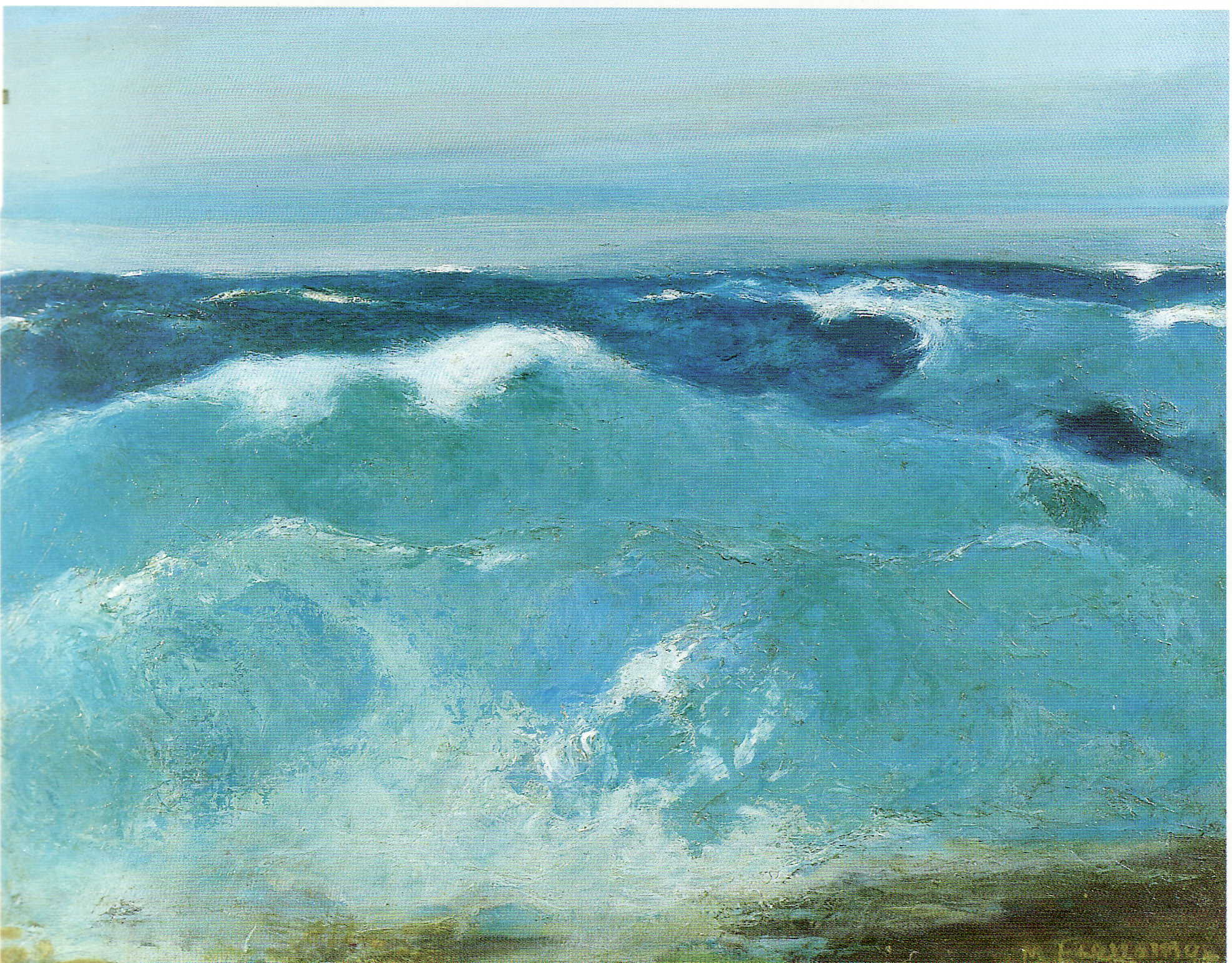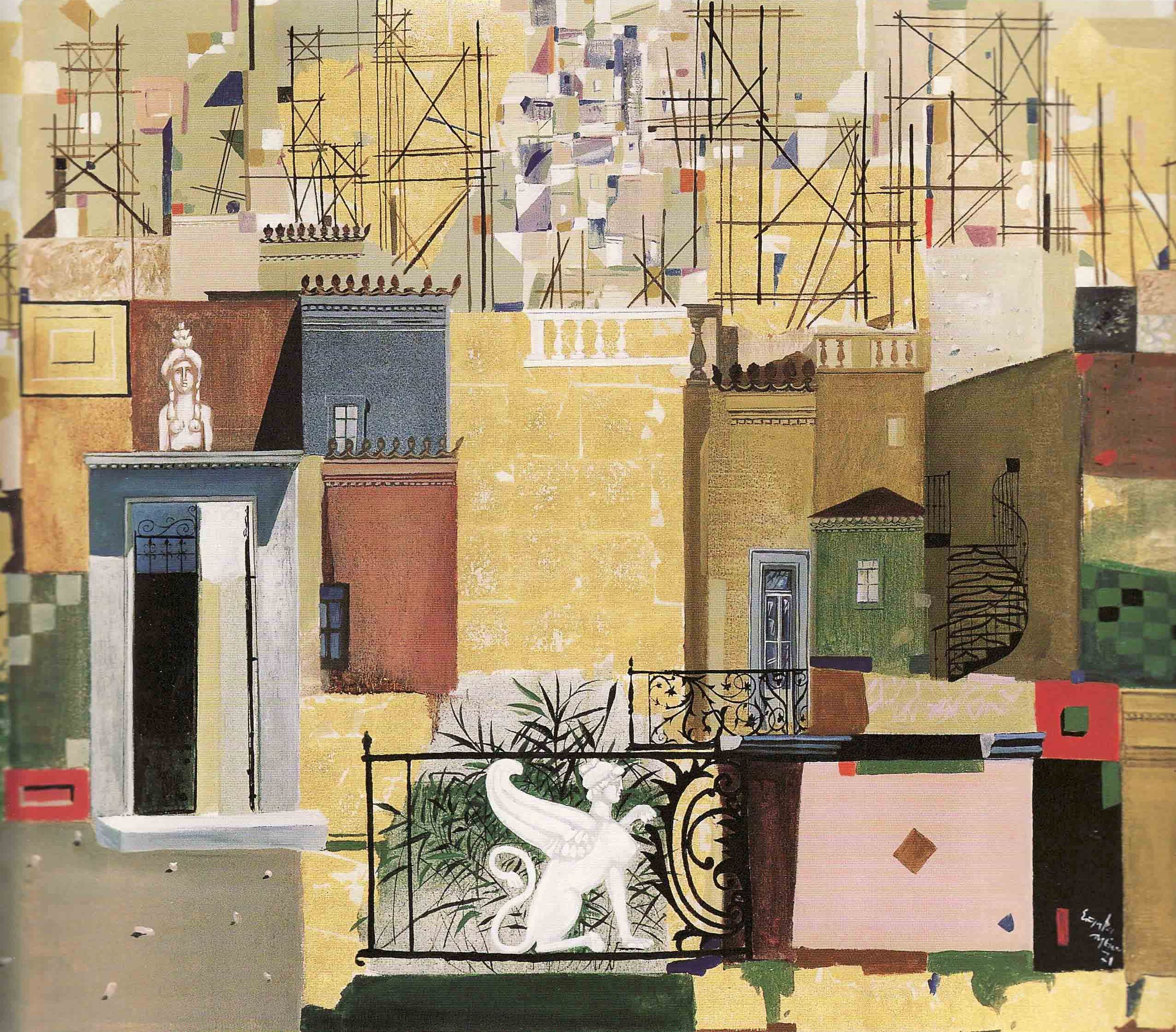Nikos Kessanlis, Souvenir d’ Italie (triptych)
The work Souvenir d’ Italie (triptych) is a nod to the exhibition “Three proposals for a new Greek sculpture” organised by French art critic and philosopher Pierre Restany in Venice in 1964. Nikos Kessanlis studied modern art trends in depth. With his work, he contributed towards Greece securing an equal place in the European and international cultural scene.
Through the work Souvenir d’ Italie, Kessanlis deals with the issues of identity and memory. It is a nod to the historic exhibition “Three proposals for a new Greek sculpture” organised by French art critic, philosopher and friend of the artist Pierre Restany (1930-2003) in the foyer of the Teatro La Fenice, during the 32nd Venice Biennale in 1964. In the exhibition, Kessanlis, along with artists Vlassis Caniaris and Daniel Panagopoulos, developed 3 interconnected environments.
A composition in 3 parts
The work is comprised of 3 distinct sections with separate symbolic elements. The title of the exhibition is written across the lower part of the sections. At the same time, each section has its own complementary title in colourful letters. These individual titles add a narrative to the composition.
- “Si je vous disois en douteries vous”
In the 1st section titled “Si je vous disois en douteries vous”, meaning “If I told you, you would doubt it” in English, Nikos Kessanlis is depicted himself. He designed his form by idiosyncratically mixing together a photo of his face and the body of a playing card figure. - “Je m’appelle Chryssa”
The middle section is titled “Je m’appelle Chryssa”, meaning “My name is Chryssa” in English. On the lower part side, there is a photo of the artist’s wife, Chryssa Romanou, a renowned artist herself, surrounded by one of the white bed sheets that Kessanlis had set up in the 1964 exhibition. - “Le drap de lit va bien tous les marries de Paris”
The title of the last section “Le drap de lit va bien tous les marries de Paris”, meaning “Bed sheets suit well all married couples in Paris” in English, is yet another reference to the 1964 exhibition. The photos of 3 men are seen, with Kessanlis and Restany among them. They’re wearing suits and are also surrounded by white bed sheets. The phrase “alla prossima” (“until next time”) is written in the centre of the last section.
A combination of texts, images and symbols
In the work Souvenir d’ Italie, Kessanlis uses a variety of materials and techniques, while he combines painting, collage, photography and stencils. He also mixes together everyday elements with surrealist and abstract images. Through a combination of texts, images and symbols, the artist challenges viewers to give their own interpretations.
His life in a nutshell
Nikos Kessanlis (1930-2004) was born in Thessaloniki. Between 1944 and 1948 he studied at the studio of Jannis Spyropoulos. He continued his studies at the Athens School of Fine Arts, under Yiannis Moralis, until 1955.
In 1957 he studied conservation techniques at the Instituto Centrale del Restauro in Rome and he then settled in Paris. In 1964 he participated in the historic group exhibition “Three proposals for a new Greek sculpture” in Italy. The exhibition was curated by French art critic and philosopher Pierre Restany.
In 1981 he was appointed professor at the Athens School of Fine Arts. Between 1991 and 1996 he served as the School’s Dean.
Artistic influences
The artistic style of Nikos Kessanlis was influenced by:
- Cubism
- Formless art
- Abstract expressionism
- Nouveau réalisme
A unique technique
Kessanlis’ compositions summarise the emphasis he placed on gestures, and the compositional process of bringing together materials and images. The artist also put forth his proposals for a new visual technique that uses the photographic method.
An important visual researcher
The visual arts research conducted by Nikos Kessanlis was extremely important in Europe. Over the years 1963-1976 he focused his interest on the:
- Photomechanical analysis of image structure.
- Use of the photographic and shadow theatre techniques in painting.
This research period was the precursor of the Mec Art movement, and established Kessanlis as one of the main representatives of this new visual arts trend.
Mec Art: When painting meets photography
Mec Art is a visual arts trend that emerged in the European artistic scene around 1963. It is a photomechanical technique that uses silkscreen printing to transfer an image on light sensitive fabric or another neutral surface.
Based on the use of technology, the artist re-structures the 2-dimensional image, shuttering the artwork’s uniqueness. The mechanical processing of photographs helps lead to the endless creation of new images. As such, Mec Art marks the start of multiplicity in painting.
Nikos Kessanlis in the Alpha Bank Art Collection
Our Collection also features Kessanlis’ work Pierre Restany.
The painting is included in the series of works “Identity Phantasmagoria”, through which the artist founded and shaped Mec Art.
Participation in exhibitions
The work Souvenir d’ Italie was presented in the group exhibitions:
- Venice Biennale, 1988
- The Alpha Bank Collection. Greek Art from 1920 until Today, Macedonian Museum of Modern Art, 2006
And in the solo exhibitions:
- Nicos, Municipal Gallery of Thessaloniki, 1989
- Nikos Kessanlis, Macedonian Museum of Modern Art, 1997
- Faces. Transformations of the human body 1953/1997, Rethymnon Center for Contemporary Art, 1998
The work of art in our publications
The work Souvenir d’ Italie by Nikos Kessanlis is referenced in the Alpha Bank publication The Alpha Bank Collection. Greek Art from 1920 until Today, edited by Irene Orati. The publication accompanied the same-titled exhibition that opened in Thessaloniki in 2006.
Buy the publication The Alpha Bank Collection. Greek Art from 1920 until Today on the Alpha Bank e-shop.
In other literature
The work Souvenir d’ Italie is also referenced in:
- P. Restany, Nikos, 1988
- Ch. Kabouridis, Nikos, The Platonism of a Barbarian, 1988
- G. Tzirtzilakis, N. Kessanlis, 1997
- Nikos Kessanlis, Faces. Transformations of the human body 1953/1997, 1998
- M. Stefanidis, Ellinomouseion, vol. 2, 2001
- Th. Moutsopoulos, Modern Greek Painters. Nikos Kessanlis, 2009
- N. Kessanlis. Amour, 2017-2018
The Alpha Bank Art Collection is not open to the public.
You can visit it by appointment. Contact us to book your visit.
